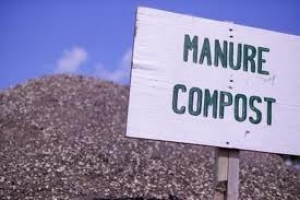Technical Support

"Composting recipes and stages" was among the topics covered in August as part of a Field Clinic in Soil and Manure Management at the University of Manitoba's National Centre for Livestock and the Environment.
Dr Mario Tenuta, Canada Research Chair in Applied Soil Ecology with the University of Manitoba, says nutrient levels will vary from species to species and diet will also play a role so recipes will change.
Dr Mario Tenuta-University of Manitoba:
In terms of diet in a particular livestock species it can be a factor.
Particularly in terms of swine manure, depending on the stage of the animals, the manure can have different liquid contents but then also have different salt contents because the different feeding stages may have different salt contents. Then also the different stages will have different feed ingredients.
Often times we actually see waste feed in the manures such as barley and so forth that you can actually see in there. In terms of on the cattle side, or chickens, poultry, I have haven't seen much change or been familiar with diet impacts on the quality of the material to be composted.
But by far the largest in terms of those in terms poultry and cattle livestock composting, it's the bulking agent so in other words what are the animals bedding on?
Is it sawdust, is it shavings, is it chips or things like that, is it straw? That really makes a big huge effect.
Dr Tenuta says composting animal manure provides producers the opportunity to produce a new product that has its own niche in cropping systems.
He says the raw material has its uses but composting has its advantages, for example reducing the volume of material so it is quicker and less costly to apply.






















